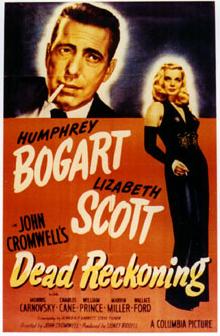 Dead Reckoning/1947/Columbia Pictures/100 min.
Dead Reckoning/1947/Columbia Pictures/100 min.
It’s good to take fashion risks from time to time. But would I ever wear a polka-dot shower cap with matching bow-tie to take an ex-GI for a ride? Hmm, I think not. Sadly, Coral “Dusty” Chandler (Lizabeth Scott) makes this fashion choice in “Dead Reckoning” (1947). Honey, you’re trying to con Capt. Rip Murdock (Humphrey Bogart), the toughest tough-guy ever. You can’t afford a wardrobe slipup like that.
To put it mildly, Rip is slow to succumb to feminine wiles. As he tells his war buddy, earnest and Yale-educated Sgt. Johnny Drake (William Prince): “All females are the same with their faces washed.”
When Johnny mysteriously disappears on the way to pick up the Congressional Medal of Honor, Rip heads to Gulf City, Fla., to find him. Instead, he meets Johnny’s girlfriend Coral – pretty, poised and concerned for her beau – at the Sanctuary Club, a hangout run by Martinelli (Morris Carnovsky), a lowlife with a fancy vocabulary.
Rip’s next stop is the local morgue, where he learns that Johnny has died in a car crash. Convinced it was no accident, he determines to find out who’s responsible. Then a dead body shows up in Rip’s hotel room. As Rip and Coral join forces to figure out what gives in Gulf City, Rip allows her to get a little closer to his battle-scarred core. She reveals that Johnny didn’t really light her fire. But Rip’s another story, and a bumpy romance ensues.
At one point, Rip shares his ultimate female fantasy, that “women ought to come capsule-sized, about four inches high” and for the most part kept in a man’s pocket except for “that time of the evening when he wants her full-sized and beautiful.” Luckily that’s a no-brainer for lovely Coral. Other than that disastrous hat and bow, she looks impeccable.
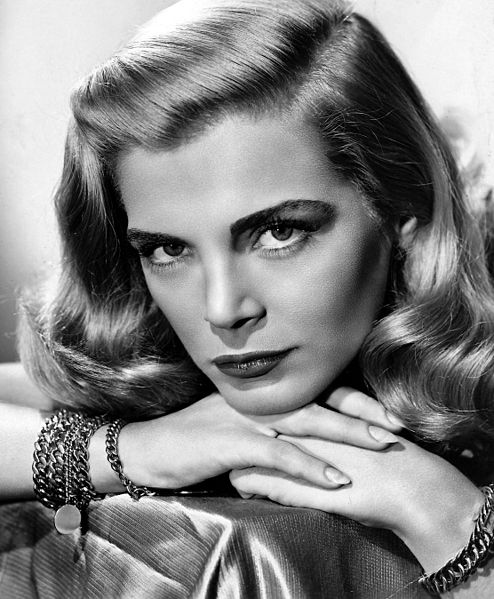
Lizabeth Scott was born Emma Matzo on Sept. 29, 1922, in Scranton, Pa., one of six children. Her parents emigrated from the Ukraine.
“Dead Reckoning” joins top talent to create a solid example of the noir genre. John Cromwell provides fine direction; Steve Fisher’s crisp, funny script has Rip telling his story via flashback to a kindly priest, Father Logan (James Bell). Rip’s still-fresh memories of World War II intertwine with the neatly crafted plot.
Best of all we get to watch Bogart and Scott. Sculpted, slim and statuesque, fair-haired Scott (who looks a lot like Lauren Bacall) was a film noir stalwart and TCM is showing many of her movies Friday, including “Dead Reckoning,” “Pitfall” and “The Strange Love of Martha Ivers,” in which Scott holds her own with fellow cast members Barbara Stanwyck, Van Heflin and Kirk Douglas. Other notable ’40s flicks include: “Desert Fury,” “I Walk Alone” and “The Racket,” co-starring Robert Mitchum and also directed by Cromwell, who was blacklisted from 1951-1958. (“The Racket” is also part of Friday’s lineup.)
(In 1950, Cromwell directed the classic prison flick “Caged” starring Agnes Moorehead and Ellen Corby. Moorehead would later star as Endora on “Bewitched” and Corby would play Grandma on “The Waltons.”)
Scott tended to play tough girls who lived by their wits and worldly charms, having been born on the wrong side of the tracks. Alluring and mysterious, she was sometimes a bit too aloof, a bit stiff in her expression, body language and gesture. In other words, she lacked the sizzle of a full-on femme fatale. The role of Coral Chandler was originally intended for Rita Hayworth, but she was busy making “The Lady from Shanghai.”
Still, Scott was a trooper and accumulated many credits: “Too Late for Tears,” “Easy Living,” “Paid in Full,” “Dark City,” “The Company She Keeps,” “Two of a Kind,” “Red Mountain,” “A Stolen Face,” “Scared Stiff,” “Bad for Each Other” and “Silver Lode.”
Scott never married, rumors circulated about her sexual preferences and the murky publicity was enough to sour her career. A pretty raw deal, I’d say. Scott recently turned 91 and we at FNB would love to take her out for dinner and drinks, say Musso & Frank’s? That’s the least we can do. Well, that and watch her Friday on TCM.





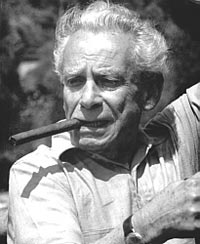
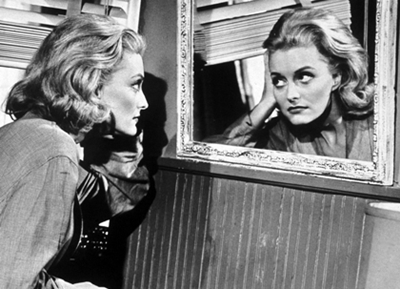
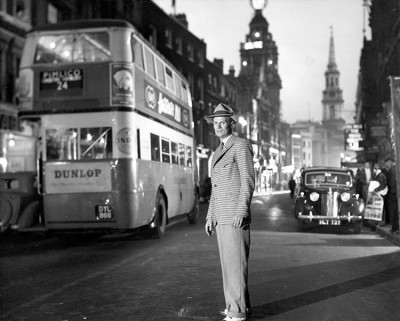
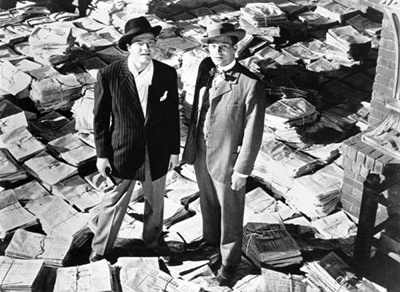
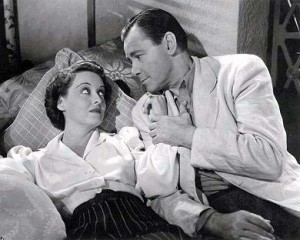





From FNB readers